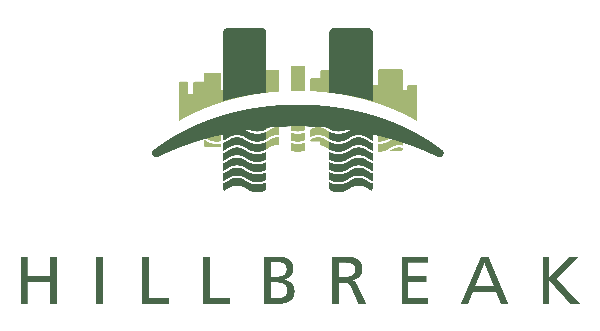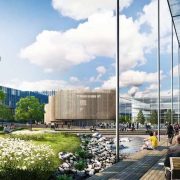Introduction to Strategic Foresight
In this latest post, Professor John Ratcliffe, newly appointed Head of Strategic Foresight at Hillbreak, introduces the concept and corporate benefits of the discipline.
Leading an organisation through these turbulent times of market, technological and geo-political uncertainty is a major challenge. The risks attached to changing investment conditions and the ambiguity of professional pundits make it difficult for decision-makers to look ahead to the future and to frame the destiny of their organisation within it.
Yet the future is not predestined; we can shape and manipulate it if we know what we want it to be. Nor can the future be predicted. It can be explored and examined imaginatively though; challenging conventional assumptions, preparing for inevitable surprises and envisioning a range of scenarios from which to plan backwards.
This approach to viewing what can be done today – whether by organisations, individuals, cities or communities – to positively influence the future is known as “Strategic Foresight”.
The Process
At Hillbreak, we take a common-sense approach to Strategic Foresight comprising a six-stage formula.
- FRAMING the Strategic Question. Organisations often start with the wrong question. Almost invariably, they assume a ‘business-as-usual’ model projected forwards. So time taken at this initial stage – challenging the rationale and purpose of what they are and what they are doing – is never wasted.
- SCANNING the Horizon. Like a radar system, this should really be a formally structured and continuous activity across any organisation which has plans to be successful beyond the immediate term. It encompasses mapping of the trading territory and business environment, conducting thorough stakeholder analysis, exploring the unfamiliar, and looking backwards to learn from the past. More particularly, it involves:
- looking ahead – beyond usual timescales;
- looking across – beyond usual sources;
- gazing beyond – moving from a single ‘expected future’ to a range of alternative ‘possible futures’;
- considering – implications for today’s decisions; and,
- promoting – a sense of ‘resilience’ and ‘adaptability’ in strategy.
- FORECASTING Alternative Futures. It is crucial to identify the driving forces of change affecting the organisation’s place in the world. It is important to look for turning or tipping points, to embrace divergent ideas, to prioritise convergent views, and to construct alternative futures. These ‘scenarios’ should be plausible and surprising, structurally different, internally consistent, useful and challenging. They help to create a better learning organisation.
- VISIONING a Preferred Future. Having challenged some accepted assumptions, posed relevant “what-if?” questions, identified likely implications and possible unintended consequences, and thought creatively about the longer-term, this process seeks to concoct from the various scenarios a chosen ‘preferred future’ for the organisation.
- PLANNING Strategic Options. The attitude of imagining ahead and planning backwards is the opposite of conventional planning but is central to our philosophy. It involves: thinking strategically to provoke constructive and reflective conversations; spotting areas of strategic choice; and evaluating any proposed strategy along multiple dimensions. Vitally, it demands contingency plans for unexpected surprises.
- ACTING on an Agreed Agenda. Invariably, we encourage:
- creating an Action Plan with a sense of urgency;
- determining ‘milestones’ on the path towards a ‘preferred future’;
- establishing an ‘intelligence system’ to keep the radar scanning;
- effective communication of the results to stakeholders; and
- inculcating strategic thinking within the organisation.
Frequently, our last question to the client is: “What are you going to do first, and now?”
The benefits
Apart from the goals of capturing materiality, producing a strategic plan to guide organisations into the future, and giving their stakeholders confidence in their ability to adapt and manage risk, we find that the simple act of getting people together to share a common interest to think, talk, plan and act – creatively and differently – is exhilarating and corporately fruitful.
At Hillbreak we provide strategic consultancy services to organisations seeking competitive advantage in a changing urban world. This ranges from extensive professional studies of client organisations – challenging where they are going, what they are going to do, and how they are going to get there – to workshops and symposia for companies and their stakeholder networks.
“We do not need magic to transform our world. We carry all the power we need inside ourselves already. We have the power to imagine better.” J.K. Rowling, Harvard, 2008.














